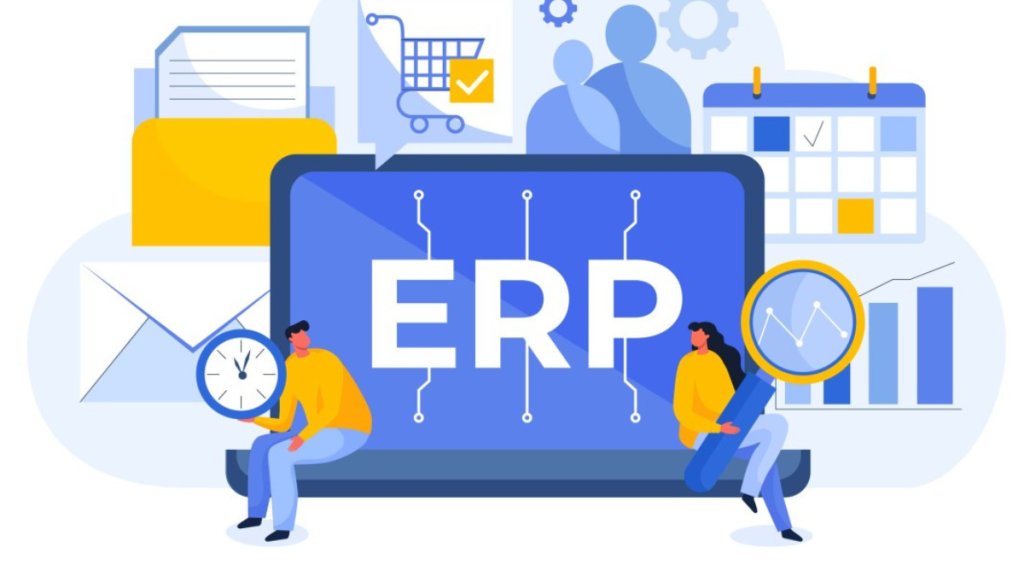Demystifying ERP Types: A Comprehensive Guide to Understanding the Basics
In the realm of business technology, Enterprise Resource Planning (ERP) systems stand as fundamental pillars, orchestrating various processes to streamline operations, enhance efficiency, and promote strategic decision-making. As businesses consider implementing ERP solutions, understanding the basics of ERP types is crucial. This comprehensive guide demystifies ERP types, providing a foundational understanding of these systems and their diverse applications.
- On-Premises ERP: The Traditional Foundation Deployment Model:
On-premises ERP refers to a traditional deployment model where the software is installed and operated from an in-house server and computing infrastructure. This approach provides organizations with complete control over their ERP system and data. Advantages:
- Full control over system customization and data security.
- Direct management of hardware and software infrastructure. Considerations:
- High upfront costs for hardware and software.
- Maintenance and updates are the responsibility of the organization.
- Cloud-Based ERP: Agility and Accessibility Deployment Model:
Cloud-based ERP operates on a Software as a Service (SaaS) model, where the software is hosted and maintained by a third-party provider. Users access the ERP system through the internet, eliminating the need for on-premises infrastructure. Advantages:
- Lower upfront costs with a subscription-based model.
- Accessibility from anywhere with an internet connection.
- Scalability to adapt to changing business needs. Considerations:
- Dependency on the internet for access.
- Data security considerations with external hosting.
- Open-Source ERP: Flexibility and Customization Software Model:
Open-source ERP systems provide source code that is accessible to users, allowing for modification and customization. Organizations have the flexibility to adapt the ERP system to their specific needs. Advantages:
- Cost-effective as there are no licensing fees.
- High level of customization and flexibility. Considerations:
- Requires in-house technical expertise for customization.
- Limited vendor support compared to proprietary solutions.
- Industry-Specific ERP: Tailoring Solutions for Unique Needs Specialized Functionality:
Industry-specific ERP types are designed to cater to the unique needs and processes of specific industries, such as manufacturing, healthcare, or retail. These ERPs often come with features and modules tailored to the requirements of a particular sector. Advantages:
- Addresses industry-specific challenges effectively.
- Optimizes processes based on industry best practices. Considerations:
- May have a steeper learning curve for industries without dedicated ERP solutions.
- Customization might be limited to industry-specific features.
- Hybrid ERP: Bridging the Gap Combined Approach:
Hybrid ERP is a combination of on-premises and cloud-based solutions. It allows organizations to leverage the benefits of both deployment models, providing flexibility and control where needed. Advantages:
- Balances data security and accessibility.
- Allows organizations to choose deployment models based on specific needs. Considerations:
- Requires integration between on-premises and cloud systems.
- Potential complexities in managing a hybrid environment. Conclusion: Choosing the Right ERP for Your Business
In conclusion, demystifying ERP types involves understanding the foundational elements of different systems and choosing the right fit for your business. The decision often hinges on factors such as deployment preferences, customization needs, industry-specific requirements, and budget considerations.
As businesses navigate the ERP landscape, this comprehensive guide serves as a compass, helping them understand the basics of various ERP types. The key lies in aligning the chosen ERP solution with the unique needs and goals of the organization, ensuring that it becomes a catalyst for efficiency, innovation, and sustained success in the ever-evolving business landscape.
